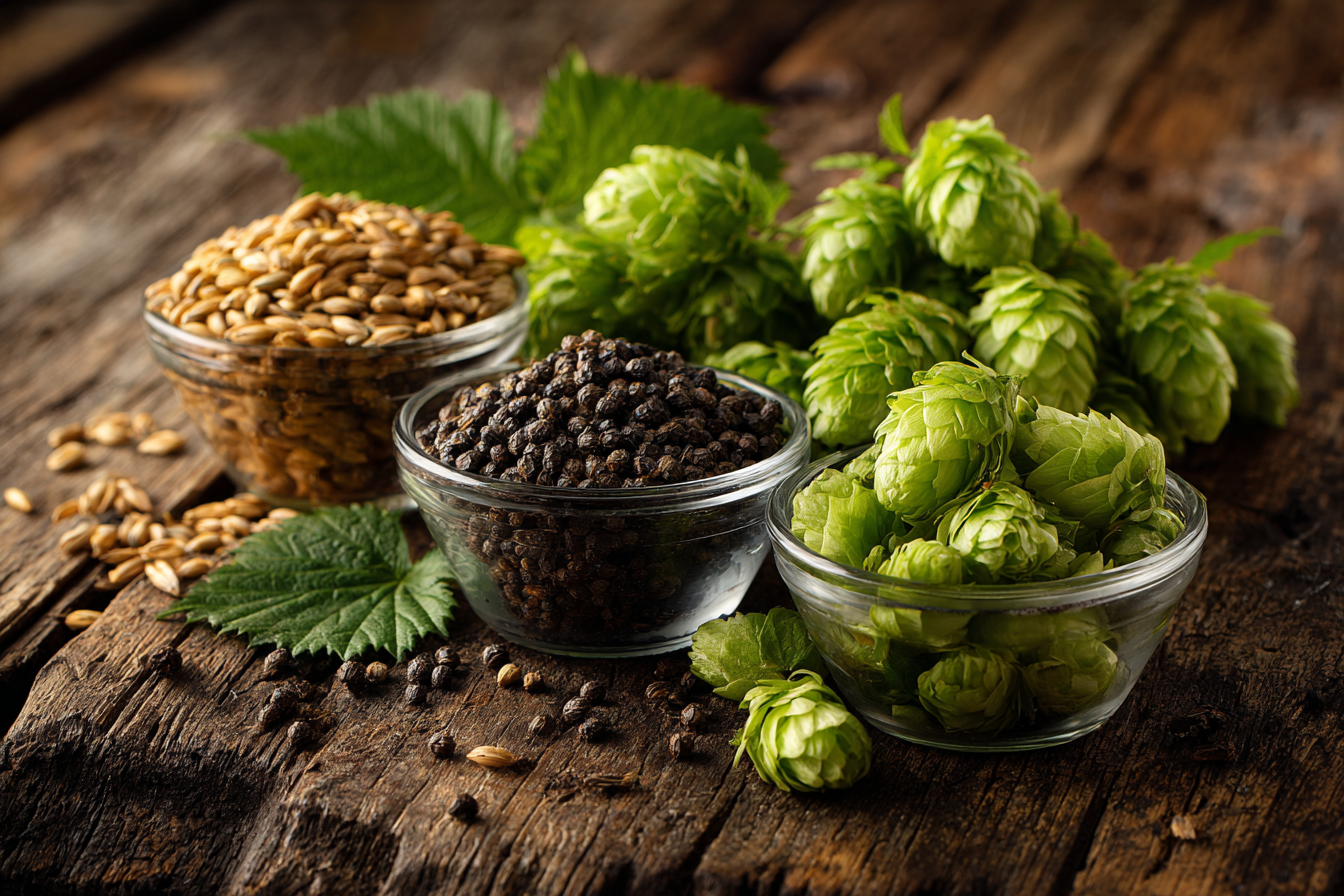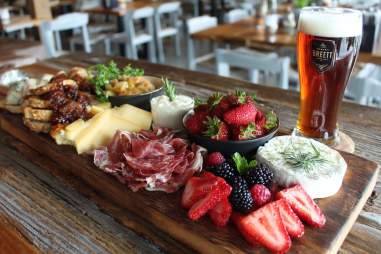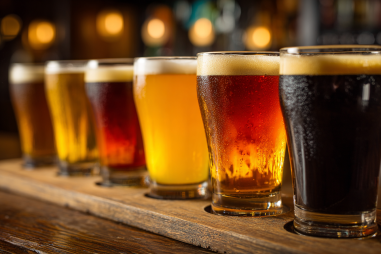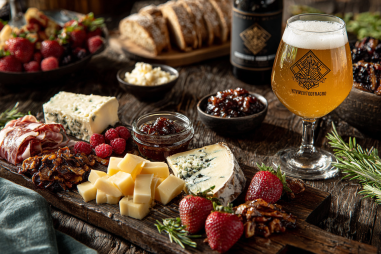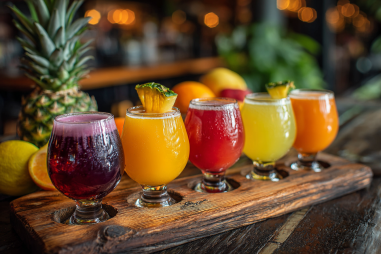When exploring the world of lagers, Dortmunder Export stands out as a beer with a distinct identity shaped largely by its brewing ingredients. A product of the Dortmund region in Germany, this beer is prized not just for its balanced flavor but also for the thoughtful selection of malt, hops, water, and yeast that bring it to life. Understanding these ingredients helps illuminate why Dortmunder Export holds a special place among traditional lagers and why it continues to be celebrated by beer enthusiasts around the globe.
The Malt Varieties Behind Dortmunder Export
The foundation of Dortmunder Export’s character lies in its malts. Typically, brewers start with pale malts, particularly Pilsner malt, which provides a light, slightly sweet base. This malt is kilned gently to preserve its delicate flavors and pale color, which helps the beer maintain a golden hue that’s visually enticing.
In addition to pale malts, specialty malts are often incorporated to enhance the beer’s complexity. These might include Munich malt, which adds a rich, bready backbone and subtle sweet notes, or Vienna malt, lending toasted and biscuity flavors. The use of these specialty malts is carefully calibrated to avoid overpowering the lager’s clean profile, ensuring the malt bill supports a balanced and smooth taste.
Hops: Bringing Bitterness and Aroma
Hops play a crucial role in defining the bitterness and aroma of Dortmunder Export. Traditional German hops such as Hallertau, Tettnang, or Spalt are favored for their moderate bitterness and noble aromatic qualities.
The hop bitterness in Dortmunder Export is more pronounced than in typical German Pilsners but remains balanced, providing a clean bitterness that cuts through the malt sweetness without overwhelming it. The aroma is usually subtle, with floral, herbal, or mild spicy notes that complement the malt profile and contribute to the beer’s overall drinkability.
The Impact of Water Mineral Content
Often overlooked, the water used in brewing Dortmunder Export holds a significant influence over its taste. The water in Dortmund is naturally hard, meaning it contains higher levels of calcium, magnesium, bicarbonates, and sulfates. This mineral richness affects both the mash process and final flavor.
High bicarbonate levels help balance the acidity from the darker malts, while calcium aids enzymatic reactions during mashing and contributes to yeast health during fermentation. The sulfate ions enhance the beer’s perceived dryness and crispness, accentuating hop bitterness without bitterness turning harsh. Brewers often replicate Dortmund’s water profile elsewhere to authentically capture the beer’s regional character.
Yeast Strains Typical in Dortmunder Export
The yeast used for fermentation in Dortmunder Export is a clean-fermenting lager strain. Lager yeasts (Saccharomyces pastorianus) operate at cooler temperatures than ale yeasts, which helps create a smooth, crisp profile with minimal fruity esters or phenols.
This cleaner fermentation profile allows the malt and hops to shine, preserving the balance that defines Dortmunder Export. The yeast’s attenuation (how completely it ferments sugars) contributes to the beer’s moderate body and dry finish, making it an easy-drinking yet flavorful lager.
How Ingredient Selection Shapes Flavor and Aroma
The interplay of the specific malts, hops, water, and yeast produces a beer that walks a fine line between malt sweetness and hop bitterness. The malt brings a slightly biscuity warmth; the hops add a clean, herbal bitterness; the yeast ensures clarity and crispness; and the mineral-rich water harmonizes these elements into a cohesive whole.
Flavor-wise, typical tasting notes include a subtle sweetness balanced by a firm but not harsh bitterness, mild breadiness, and a crisp, refreshing finish. Aromas tend to be soft and noble-hop driven with undercurrents of malt sweetness. This intricate balance results from each ingredient being carefully sourced and matched to the specific brewing process of Dortmunder Export.
Seasonal and Regional Ingredient Variations
While Dortmunder Export follows a traditional recipe, some variations exist based on seasonal ingredient availability and regional adaptations. For example, the exact hop varieties used might shift slightly depending on harvest yields or regional preferences in Germany and exported markets.
Similarly, brewers might adjust their malt bill to reflect local grain crops or to subtly influence the beer’s flavor across different batches. Seasonal variations can result in slight differences in bitterness level or malt character but typically maintain the core profile that defines the style.
Regional breweries outside Dortmund often attempt to model their water profile and ingredient ratios to mirror the original, but subtle differences in water chemistry or yeast strains can produce unique expressions of Dortmunder Export.
Perfecting the Craft of Dortmunder Export
Ultimately, crafting a classic Dortmunder Export means respecting and balancing the traditional brewing ingredients that define its character. From the light pale malts supported by specialty malts, through the noble German hops carefully chosen for moderate bitterness, to the mineral-rich Dortmund water and clean lager yeast, every component works in concert.
When brewed with attention to these details, the result is a lager that is balanced, refreshing, and rich in subtle flavors—a beer that honors its heritage while remaining a delightful classic for today’s beer lovers. Whether enjoyed on a sunny afternoon or alongside hearty German fare, Dortmunder Export embodies a masterful blend of ingredients that continues to captivate palates worldwide.

